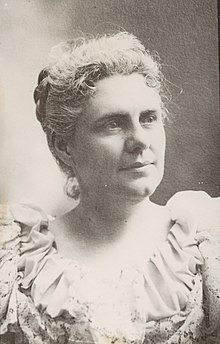
The New York State College of Human Ecologyat Cornell University (HumEc) is a statutory college and one of four New York State contract colleges located on the Cornell University campus in Ithaca, New York. The College of Human Ecology is compilation of study areas such as design, design thinking, consumer science, nutrition, health economics, public policy, human development and textiles, each through the perspective of human ecology.
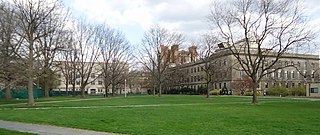
The New York State College of Agriculture and Life Sciences at Cornell University is one of Cornell University's four statutory colleges, and is the only College of Agriculture and Life Sciences in the Ivy League. With enrollment of approximately 3,100 undergraduate and 1,000 graduate students, CALS is Cornell's second-largest undergraduate college and the third-largest college of its kind in the United States.

John Henry Comstock was an eminent researcher in entomology and arachnology and a leading educator. His work provided the basis for classification of butterflies, moths, and scale insects.

Leland Ossian Howard was a pioneer American entomologist who worked in the US Department of Agriculture. Serving as the chief of the bureau of entomology, a successor to C.V. Riley, he helped establish economic entomology as a profession in the United States and strengthened research activities, helping establish laws to prevent the introduction of agricultural pests. He was a specialist on the parasitic wasp family Chalcididae, and contributed to the introduction of biological control agents for pest management. Howard also took an interest in medical entomology.

Sage Hall was built in 1875 at Cornell University's Ithaca, New York campus. Originally designed as a residential building, it currently houses the Johnson Graduate School of Management.
The nature study movement was a popular education movement that originated in the United States and spread throughout the English-speaking world in the late 19th and early 20th centuries. Nature study attempted to reconcile scientific investigation with spiritual, personal experiences gained from interaction with the natural world. Led by progressive educators and naturalists such as Anna Botsford Comstock, Liberty Hyde Bailey, Louis Agassiz, William Gould Vinal, and Wilbur S. Jackman, nature study changed the way science was taught in schools by emphasizing learning from tangible objects, something that was embodied by the movement's mantra: "study nature, not books". The movement popularized scientific study outside of the classroom as well, and has proven highly influential for figures involved in the modern environmental movement, such as Aldo Leopold and Rachel Carson.
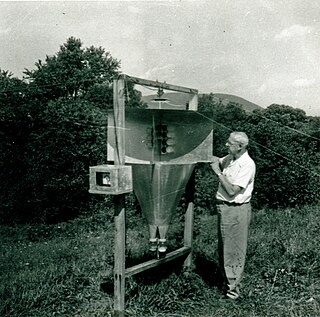
Stuart W. Frost (1891–1980) was a professor of entomology at The Pennsylvania State University, University Park, Pennsylvania. He was born in Tarrytown, New York, and graduated from Cornell University. He was a specialist in leaf-mining flies (Diptera). The Frost Entomological Museum at Penn State was named in his honor.

Vernon Lyman Kellogg was an American entomologist, evolutionary biologist, and science administrator. A major contribution was his study of bird lice and their hosts. He established the Department of Zoology at Stanford University in 1894, and served as the first permanent secretary of the National Research Council in Washington, D.C.
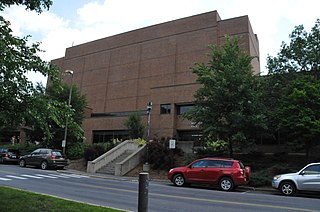
Comstock Hall is a building of Cornell University, located in Ithaca, in the U.S. state of New York. It was built in 1985 in the modern style.

Mary Adelia Davis Treat was a naturalist and correspondent of Charles Darwin. Treat's contributions to both botany and entomology were extensive—six species of plants and animals were named after her, including an amaryllis, Zephyranthes treatae, an oak gall wasp Bellonocnema treatae and three ant species Aphaenogaster mariae, Aphaenogaster treatae, and Dolichoderus mariae.

Anisota virginiensis, the pink-striped oakworm moth, is a species of silk moth of the family Saturniidae.
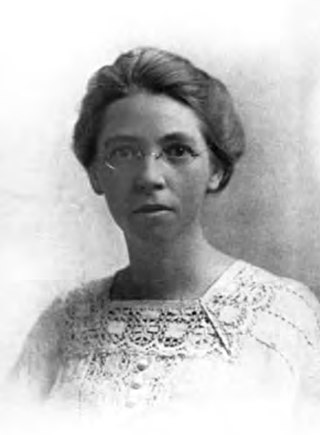
Edith Marion Patch was an American entomologist and writer. Born in Worcester, Massachusetts, she received a degree from the University of Minnesota in 1901 and originally embarked on a career as an English teacher before receiving the opportunity to organize the entomology department at the University of Maine. She became the head of the entomology department in 1904, and, despite misgivings from several male colleagues about having a female department head, she remained in this post until her retirement in 1937. Patch is recognized as the first truly successful professional woman entomologist in the United States.
Elfriede Martha Abbe was an American sculptor, wood engraver and botanical illustrator, often displaying nature and simple country living inspired by her Upstate New York home. A self-publisher, Abbe created numerous hand-printed books, which she printed on a printing press in her studio.
Jay R Traver was a University of Massachusetts entomologist who studied and published about mayflies. She described over 200 new species and contributed to the reorganization of the systematics of the entire order. She has been called "the first Ephemeroptera specialist in North America".
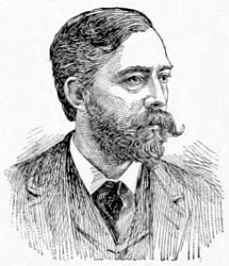
Simon Henry Gage was a professor of anatomy, Histology, and Embryology at Cornell University and an important figure in the history of American microscopy. His book, The Microscope, appeared in seventeen editions. In 1931, a volume of the American Journal of Anatomy was dedicated to Gage on the occasion of his eightieth birthday.

Cornell University’s School of Continuing Education and Summer Sessions provides educational opportunities on the Cornell campus, online, and around the world during Summer Session, Winter Session, and throughout the academic year. Offerings include courses for undergraduates, programs for high school students, extramural study, professional programs, study tours for adults, and weeklong summer programs for adults, youth, and families on the Cornell campus.
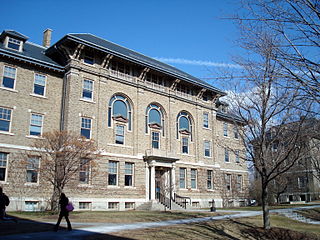
The Computing and Communications Center is a building of Cornell University, located in Ithaca, New York. It was built in 1911 and listed on the National Register of Historic Places in 1984. It was designed by Green & Wicks.
Carl Frederick William Muesebeck was an American entomologist who specialized in the Hymenoptera. He worked at the insect identification division of the US Department of Agriculture and was also a research associate at the Smithsonian Institution.
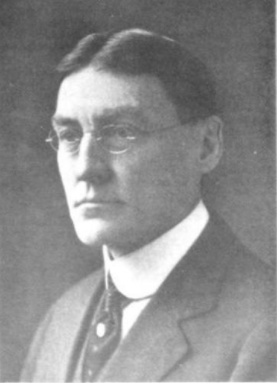
Glenn Washington Herrick was an American professor of entomology who worked at Cornell University.
Ruby Green Smith (1878-1960) was an American entomologist, peace campaigner and home economics educator. She is known for having authored The Home Bureau Creed.

